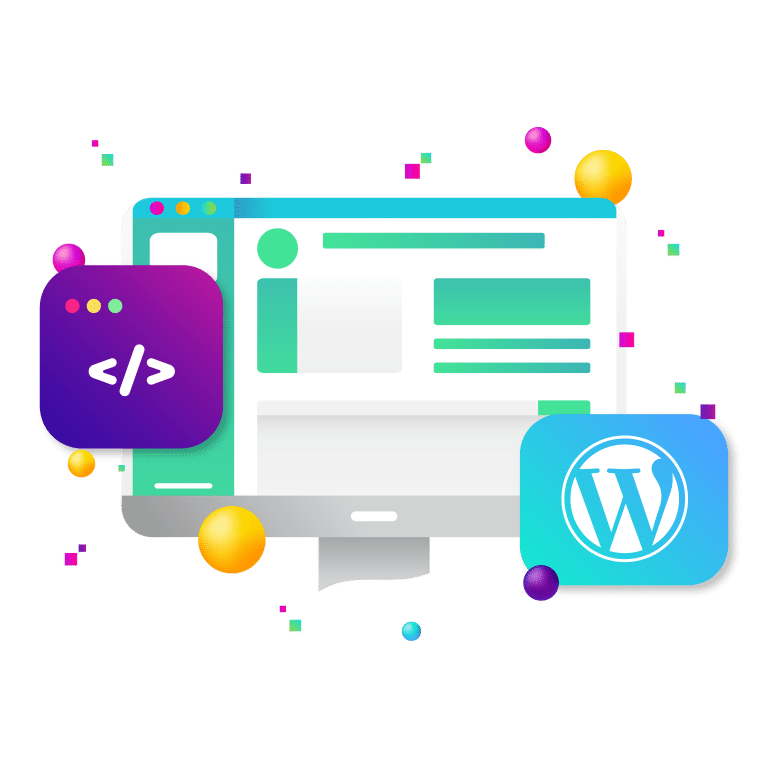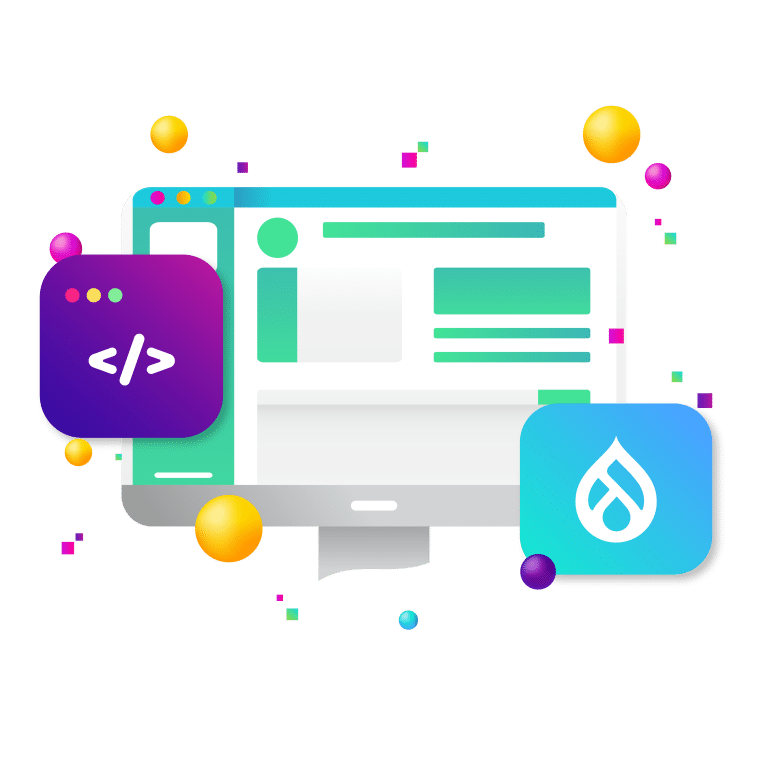
The Membership Challenge in a Noisy Digital World
For associations the heart of sustainability lies in consistent and strategic membership growth. But today’s digital landscape is noisy, fragmented, and competitive. Organic social media reach is shrinking. SEO takes time. And email open rates? Not what they used to be.
That’s where PPC advertising (pay per click), particularly through Google Ads, becomes an essential growth lever. When executed strategically, Google Ads can put your association in front of the right people at the right time with the right message. But simply “running some ads” won’t drive results. It requires a thoughtful, data-backed approach tailored to the unique motivations and pain points of your prospective members.
In this article, we’ll explore how associations can use Google Ads to drive new membership, increase engagement, and measure what matters. Whether you’re a marketing director with digital experience or an executive exploring growth options, you’ll find practical strategies and insights here to build a successful PPC advertising campaign for your association.
Why Google Ads Work for Associations
Google Ads succeed because they tap into real-time search intent. Prospects actively looking for professional support, networking opportunities, or industry-specific resources are often already considering joining an organization. With Google Ads, you can intercept those moments of intent with highly relevant messaging.
But the advantages of Google Ads extend well beyond intent:
- Massive Reach: Google handles over 8.5 billion searches per day. Your association can appear in front of the exact audience you need, often within hours of launching a campaign.
- Granular Targeting: With advanced segmentation tools, associations can show ads based on user geography, device, age, profession, and more. This level of control reduces wasted ad spend.
- Smart Automation: Google Ads uses machine learning to optimize bids and placements based on performance trends. Associations benefit from better efficiency over time.
- Data-Driven Results: Every click, impression, and conversion can be tracked and attributed to measure ROI precisely—a critical benefit when budget approval is on the line.
- Integrated Retargeting: You can bring back site visitors who didn’t convert the first time, keeping your association top-of-mind throughout the decision-making process.
Combined, these benefits create a powerful digital acquisition channel that can supplement traditional outreach efforts like conferences, mailings, or member referrals.
Step 1: Define Clear PPC Advertising Goals Tied to Membership Growth
Successful campaigns start with clarity. What exactly does your association want to achieve? Avoid vague aspirations like “increase awareness.” Instead, set specific, measurable goals that map to stages of your membership funnel.
Examples of concrete PPC objectives:
- Top-of-Funnel: Drive 5,000 unique visitors to your “Why Join” page over 60 days.
- Mid-Funnel: Collect 1,000 email leads via a downloadable benefits guide.
- Bottom-of-Funnel: Acquire 250 new members in Q3 at a cost-per-acquisition (CPA) below $50.
Align each campaign with a goal type:
- Awareness campaigns (Display, YouTube)
- Consideration campaigns (Search, Performance Max)
- Conversion campaigns (Search, Retargeting)
Avoid trying to achieve every goal in one campaign. Build out specific campaigns for each audience segment and buying stage. Doing so makes your data more actionable and your optimizations more effective.
Step 2: Know Your Audience—and Segment for Search Intent
Effective Google Ads campaigns are audience-first. Associations often serve multiple demographics, so it’s essential to segment based on both who people are and why they might be searching.
Create audience personas by considering:
- Demographics: Age, gender, location, education level.
- Career Stage: Are they students, new professionals, mid-career, or senior executives?
- Goals and Pain Points: Are they looking for certification, advocacy, networking, or thought leadership?
- Digital Behavior: Do they visit career advice blogs? Attend webinars? Search for grant writing resources?
Each persona should inform keyword strategy and ad copy. For instance, students might search “how to start a career in biotech,” while executives might look for “lobbying groups for healthcare policy.” The same association can serve both—but not with the same ad.
Use Google’s in-platform audience manager and GA4 insights to build custom segments for:
- Past site visitors
- Lookalike audiences
- High-value users (i.e., those who completed form fills or downloaded guides)
Matching your ads to your audience’s mindset is where PPC wins or fails.
Step 3: Build High-Converting Membership Landing Pages
Driving traffic is half the battle. Your landing pages must be frictionless, compelling, and aligned with the visitor’s intent.
What makes a great landing page for membership acquisition?
- Message Match: Echo the language used in your ads. If your ad promotes “CE credits for educators,” the page headline should reinforce it immediately.
- Clear Value Proposition: Use bold headlines to highlight key benefits, like “Boost Your Career with Our 40,000-Member Network.”
- Trust Signals: Display testimonials, logos of member institutions, statistics, or third-party endorsements.
- Focused Call to Action (CTA): Avoid distractions. Every element should support the conversion goal. Keep navigation minimal.
- Optimized Forms: Ask only for necessary information. Use multi-step forms to ease friction.
- Mobile Optimization: Many Google Ads clicks come from mobile. Ensure fast load times and thumb-friendly design.
Use A/B testing tools (like Google Optimize or VWO) to continually test headlines, images, button colors, and form lengths. Even small improvements can significantly impact your cost-per-acquisition.
Step 4: Choose the Right Campaign Types and Keyword Strategies
Google Ads offers multiple campaign types, and each serves a unique purpose in your membership funnel.
Campaign Types for Associations:
- Search Campaigns: These are keyword-based and capture high-intent users. Best for bottom-funnel conversions.
- Display Campaigns: Banner ads shown across Google’s network. Ideal for brand awareness and retargeting.
- Performance Max: Google uses AI to place your ads across all its platforms. Useful if you have strong creative assets.
- YouTube Ads: Effective for storytelling and brand building. Use for top-of-funnel engagement.
- Remarketing: Targets users who visited your site but didn’t convert. High ROI when paired with strong creative.
Keyword Strategy Tips:
- Use tools like Keyword Planner, SEMrush, or SpyFu to identify:
- Branded terms (“[Your Association] membership”)
- Competitor terms (“Best trade associations for engineers”)
- Long-tail keyword benefits (“Continuing education for physical therapists”)
- Group keywords into tightly themed ad groups to improve Quality Score.
- Use negative keywords to filter irrelevant traffic (e.g., “free online courses”).
The goal isn’t just to drive clicks—it’s to attract the right type of user who’s most likely to join.
Step 5: Write Compelling Ad Copy that Converts
Strong copy separates great campaigns from mediocre ones. With limited characters, every word must earn its place.
Headline Best Practices:
- Speak to outcomes: “Advance Your Career in Architecture.”
- Use urgency: “Join Before June 30 and Save.”
- Feature numbers: “45,000 Members Across All 50 States.”
Description Line Tips:
- Include benefits: “Gain access to certification discounts, job boards, and monthly webinars.”
- Include CTAs: “Apply Now. Download Our Benefits Guide. Join Today.”
Use Ad Extensions:
- Sitelinks: Link to events, resources, or testimonials.
- Callouts: Highlight perks like “Member Discounts,” “Free Training,” or “Advocacy Support.”
- Snippets: List membership types, industries served, or program areas.
Constantly monitor CTR and Quality Score. Swap out underperforming ads. Test variations with different tones—professional, persuasive, benefit-focused.
Step 6: Set Smart Bidding Strategies and Budgets
Associations often worry about overspending. The good news: Google Ads gives you full control.
Bidding Strategy Recommendations:
- Maximize Conversions: Best for simple campaigns focused on joining.
- Target CPA: Useful when you know your acceptable cost per member.
- Maximize Clicks: Good for top-funnel awareness, especially for content-driven campaigns.
Start small (e.g., $1,000/month). Monitor:
- CPC by keyword group
- CPA by campaign type
- ROAS (return on ad spend) if you charge membership fees
Reallocate budget to top-performing campaigns monthly. Pause what’s underperforming. Google’s automated bidding gets smarter with more data, so let campaigns run long enough to mature before judging.
Step 7: Track What Matters and Attribute ROI Accurately
If you’re not tracking results, you’re flying blind. Google Ads integrates with Google Analytics 4 (GA4) to give deep insights into behavior and ROI.
Key Metrics to Monitor:
- Cost-per-click (CPC)
- Click-through rate (CTR)
- Conversion rate (CVR)
- Cost-per-acquisition (CPA)
- Lifetime value (LTV) of a member
Conversion Actions to Set Up:
- Membership application form submissions
- Event registrations (used for nurture)
- Guide downloads (as MQLs)
- Email signups (used for retargeting)
Use Google Tag Manager to track events on your landing pages. Set up GA4 audiences to create remarketing lists based on user behaviors (e.g., “visited pricing page but did not submit form”).
Build monthly reports or dashboards using Looker Studio for stakeholder visibility.
Step 8: Use Retargeting to Capture Missed Opportunities
Retargeting is your digital second chance. Most users won’t convert immediately, but if they’ve clicked once, they’re likely still interested.
High-ROI Retargeting Ideas:
- Visit But No Form Fill: Show testimonials or value-driven messaging.
- Download But No Join: Offer a webinar invite or live Q&A with a current member.
- Cart Abandoners: If you sell membership online, show a reminder with a time-sensitive offer.
Display and YouTube are the most affordable ways to retarget. Just make sure your creative refreshes regularly to avoid “banner blindness.”
Segment your audience further to avoid wasting impressions on those who already joined.
Step 9: Don’t Stop at Acquisition—Support Renewals and Referrals with PPC
PPC isn’t just for acquiring new members. Associations can use it to increase LTV through renewals, upsells, and referrals.
Examples:
- Retarget lapsed members before dues deadlines.
- Promote events to encourage active participation.
- Offer incentives to members who refer peers.
- Target leads who downloaded a guide 6 months ago but didn’t convert.
Upload segmented email lists into Google Ads for precision targeting. Use personalized ads that speak to the specific lifecycle stage of the member.
Let New Target Guide Your Membership Growth with Google Ads
Driving membership growth in today’s competitive digital landscape takes more than just good intentions—it requires a well-executed plan, rooted in data, empathy, and precision. PPC advertising through Google Ads offers associations an unparalleled opportunity to connect with the right prospects at exactly the right moment.
At New Target, we specialize in helping associations grow through digital transformation—from strategic audience insights to high-converting ad campaigns and analytics dashboards that reveal true ROI. Whether you’re starting your first Google Ads campaign or optimizing an existing one, we’ll help you create a smarter, more scalable path to membership growth.
Let’s chat to learn how New Target can turn your ad spend into a membership growth engine.



